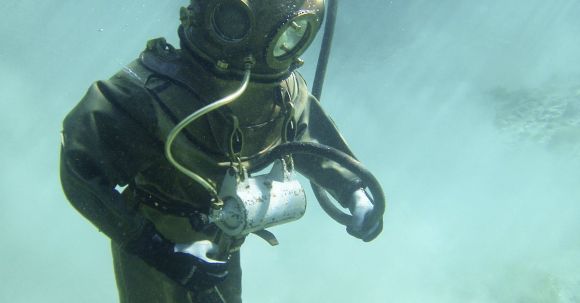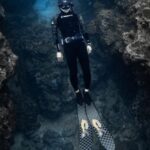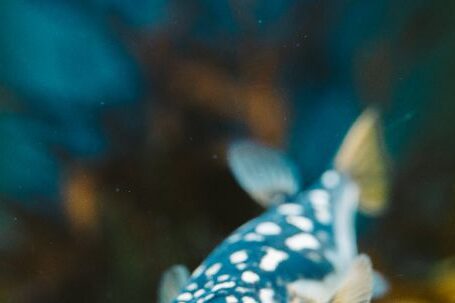When it comes to diving, having the right equipment is key to ensuring a safe and enjoyable experience. Whether you are a beginner or an experienced diver, having the right gear for the type of diving you plan to do is essential. In this article, we will explore the necessary equipment for different types of diving, from recreational diving to technical diving and everything in between.
Recreational Diving
For those just starting out in the world of diving, recreational diving is a great way to explore the underwater world. The equipment needed for recreational diving includes:
1. Mask: A properly fitting mask is essential for clear vision underwater. Look for a mask that fits snugly without causing discomfort.
2. Snorkel: A snorkel allows divers to breathe at the surface without using their air supply.
3. Fins: Fins help divers move through the water with ease and efficiency. Choose fins that are comfortable and fit well.
4. Regulator: The regulator is the device that allows divers to breathe underwater. It attaches to the scuba tank and delivers air to the diver.
5. Buoyancy Control Device (BCD): The BCD allows divers to control their buoyancy underwater. It is worn like a vest and can be inflated or deflated as needed.
6. Dive Computer: A dive computer is a device that tracks important information such as depth, time, and decompression limits. It is an essential tool for recreational divers to ensure they stay within safe limits.
Technical Diving
For those looking to take their diving skills to the next level, technical diving offers a new set of challenges and opportunities. Technical diving involves diving to greater depths or exploring more challenging environments. The equipment needed for technical diving includes:
1. Twin Tanks: Technical divers often use twin tanks to increase their air supply and dive times. These tanks are connected and worn on the diver’s back.
2. Stage Tanks: Stage tanks are additional tanks that are used to carry extra gas for decompression stops during deep dives. They are usually attached to the diver’s side.
3. Dive Reel: A dive reel is used by technical divers to navigate through underwater caves or wrecks. It is a spool of line that can be unwound and rewound as needed.
4. Dive Light: A powerful dive light is essential for technical divers who may be exploring dark or low visibility environments. It helps to illuminate the way and allows for better visibility.
5. Dry Suit: In colder water temperatures, a dry suit is necessary to keep the diver warm and comfortable. Unlike wetsuits, dry suits completely seal the diver off from the water.
6. Trimix Gas: Trimix gas is a blend of oxygen, nitrogen, and helium that is used by technical divers to reduce the risk of nitrogen narcosis at greater depths.
Conclusion
No matter what type of diving you plan to do, having the right equipment is crucial. From a basic mask and fins for recreational diving to specialized gear for technical diving, each piece of equipment serves an important purpose in ensuring a safe and enjoyable dive. Remember to always check your equipment before diving and seek proper training and certification for the type of diving you plan to do. Happy diving!





